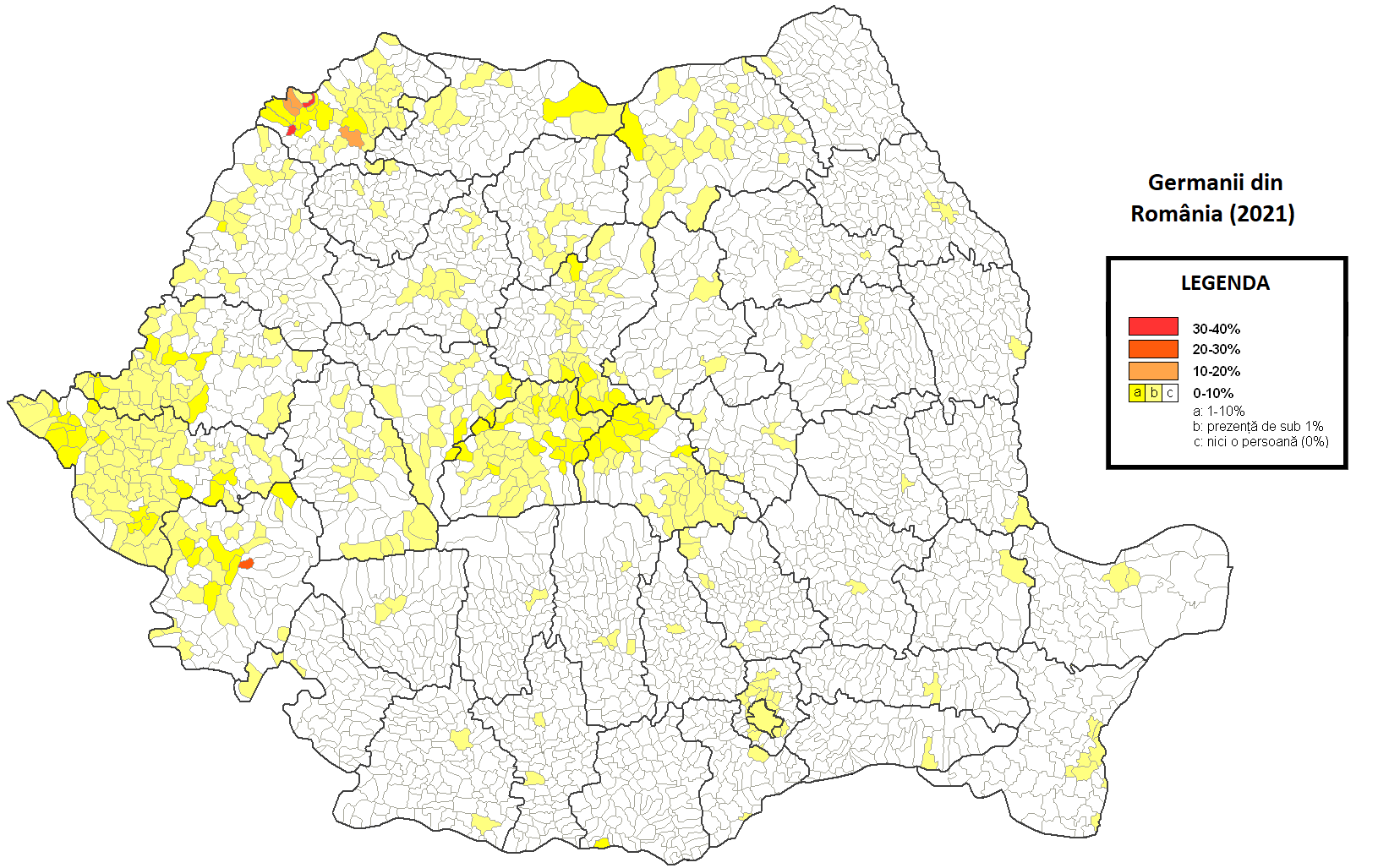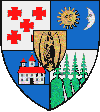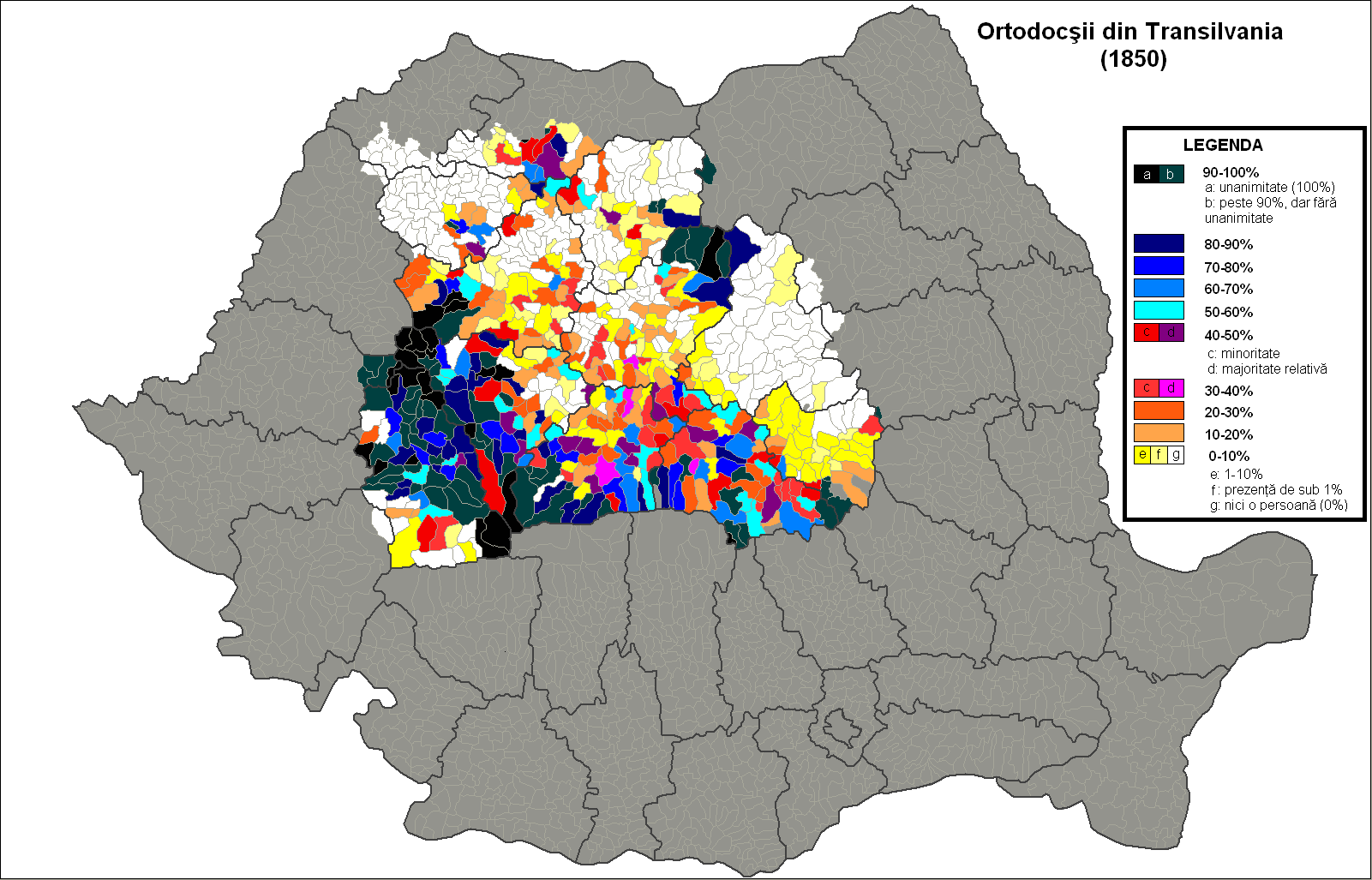|
Aștileu
Aștileu () is a commune in Bihor County, Crișana, Romania. It is composed of four villages: Aștileu, Călățea (''Kalota''), Chistag (''Keszteg''), and Peștere (''Körösbarlang''). The commune is located in the central part of the county, east of the county seat, Oradea, and from the border with Hungary. The closest town to Aștileu is Aleșd, on the opposite bank of the Crișul Repede. There is a small church. Aștileu is located on the Aleșd–Beiuș route. The Vadu Crișului – Aștileu Canal supplies water to the Aștileu hydroelectric plant, with an installed capacity of 2.8 MW. At the 2011 census, 87.94% of the population were Romanians, 5.2% Roma, 4.48% Slovaks, 1.55% Hungarians, and 0.23% Germans Germans (, ) are the natives or inhabitants of Germany, or sometimes more broadly any people who are of German descent or native speakers of the German language. The Basic Law for the Federal Republic of Germany, constitution of Germany, imple .... At the ... [...More Info...] [...Related Items...] OR: [Wikipedia] [Google] [Baidu] |
Vadu Crișului – Aștileu Canal
The Vadu Crișului – Aștileu Canal (called colloquially ''Canalu de Apă'') is a canal in Bihor County, Romania. It diverts part of the discharge of the river Crișul Repede for the supply of the Aștileu hydroelectric plant with an installed capacity of 2.8 MW. It is long. p. 21 The canal was built in 1954. It starts near the village of Vadu Crișului and runs parallel to the course of the Crișul Repede, running in the proximity of the villages Birtin, [...More Info...] [...Related Items...] OR: [Wikipedia] [Google] [Baidu] |
Bihor County
Bihor County (, ) is a county (județ) in western Romania. With a total area of , Bihor is Romania's 6th largest county geographically and the main county in the historical region of Crișana. Its capital city is Oradea (Nagyvárad). Toponymy The origin of the name Bihor is uncertain, except that it likely takes its name from an ancient fortress in the current commune of Biharia. It possibly came from ''vihor'', the Serbian and Ukrainian word for "whirlwind" (вихор), or Slavic ''biela hora'', meaning "white mountain". Another theory is that Biharea is of Daco-Thracian etymology (''bi'' meaning "two" and ''harati'' "take" or "lead"), possibly meaning two possessions of land in the Duchy of Menumorut (Ménmarót). Another theory is that the name comes from ''bour'', the Romanian term for aurochs (from the Latin word ''bubalus''). The animal once inhabited the lands of northwestern Romania. Under this controversial theory, the name changed from ''buar'' to ''buhar'' and to ... [...More Info...] [...Related Items...] OR: [Wikipedia] [Google] [Baidu] |
Aleșd
Aleșd (; , ) is a town in Bihor County, western Romania. It administers three villages: Pădurea Neagră (''Feketeerdő''), Peștiș (''Sólyomkőpestes''), and Tinăud (''Tinód''). Geography The town is located in the east of the county, near the border with Cluj County, at the foot of the Apuseni Mountains. It lies on the banks of the river Crișul Repede, where the Vadu Crișului – Aștileu Canal connects with the river. The river Izvor flows into the Crișul Repede near Aleșd; the river Secătura flows into the Izvor in Peștiș village. Aleșd is located on the CFR main railway line between Oradea and Bucharest. Consequently, it is served by frequent rapid and intercity (IC) trains from Cluj-Napoca, Bucharest, Arad, and Timișoara. Aleșd is located in the eastern part of Bihor County, on national road DN1 (European route E60), at a distance of from Oradea and from Cluj-Napoca. History At first Aleșd was on the shores of the Crișul Repede River (meaning ”The ... [...More Info...] [...Related Items...] OR: [Wikipedia] [Google] [Baidu] |
Slovaks Of Romania
The Slovaks (''Slováci'' in Slovak language, Slovak, ''slovaci'' in Romanian language, Romanian) are an Minorities of Romania, ethnic minority in Romania, numbering 17,199 people according to the 2002 census and hence making up 0.1% of the total population. Slovaks mainly live in western Romania, with the largest populations found in Bihor County, Bihor and Arad County, Arad counties, where they make up 1.22% and 1.25% of the population, respectively. The largest concentrations of ethnic Slovaks can be found in Șinteu (Nová Huta), Bihor County, where they make up nearly all (96.37%) of the population, and in Nădlac (Nadlak), Arad County, where they make up almost half (43.85%) of the population. Other towns and communes with significant Slovak populations include: *Arad County **Peregu Mare () — 12.87% **Olari, Arad, Olari — 4.07% **Sintea Mare — 4.94% **Fântânele, Arad, Fântânele — 3.36% **Vinga, Romania, Vinga — 2.45% *Bihor County **Derna, Bihor, Derna — ... [...More Info...] [...Related Items...] OR: [Wikipedia] [Google] [Baidu] |
Romanians
Romanians (, ; dated Endonym and exonym, exonym ''Vlachs'') are a Romance languages, Romance-speaking ethnic group and nation native to Central Europe, Central, Eastern Europe, Eastern, and Southeastern Europe. Sharing a Culture of Romania, common culture and Cultural heritage, ancestry, they speak the Romanian language and live primarily in Romania and Moldova. The 2021 Romanian census found that 89.3% of Romania's citizens identified themselves as ethnic Romanians. In one interpretation of the 1989 census results in Moldova, the majority of Moldovans were counted as ethnic Romanians as well.''Ethnic Groups Worldwide: A Ready Reference Handbook By'' David Levinson (author), David Levinson, Published 1998 – Greenwood Publishing Group.At the time of the 1989 census, Moldova's total population was 4,335,400. The largest nationality in the republic, ethnic Romanians, numbered 2,795,000 persons, accounting for 64.5 percent of the population. Source U.S. Library of Congres ... [...More Info...] [...Related Items...] OR: [Wikipedia] [Google] [Baidu] |
National Institute Of Statistics (Romania)
The National Institute of Statistics (, INS) is a Romanian government agency which is responsible for collecting national statistics, in fields such as geography, the economy, demographics and society. The institute is also responsible for conducting Romania's census every ten years, with the latest census being organised in 2022. Leadership The head of the NIS is currently Tudorel Andrei, while the three vice-presidents are: * Ioan-Silviu VÎRVA, in charge of economic and social statistics * Marian Chivu, in charge of national accounts and the dissemination of statistical information * Beatrix Gered, in charge of IT activities and statistical infrastructure History Romania's first official statistics body was the Central Office for Administrative Statistics (''Oficiul Central de Statistică Administrativă''), established on July 12, 1859, under the reign of Alexandru Ioan Cuza. The organisation, one of the first national statistics organisations in Europe, conducted its ... [...More Info...] [...Related Items...] OR: [Wikipedia] [Google] [Baidu] |
2021 Romanian Census
The 2021 Romanian census () was a census held in Romania between 1 February and 31 July 2022, with the reference day for the census data set at 1 December 2021. The census was supposed to be done in 2021, but it was postponed due to the COVID-19 pandemic in Romania in order to avoid census takers from getting infected when coming into contact with ill or quarantined people. It was the first census held in Romania in which data was collected online, something that had support among Romanian youth. The census was divided into three phases: one in which personal data of the Romanian population was collected from various sites; another in which the population was to complete more precise data such as religion, in which town halls would help the natives of rural areas to answer the census; and a third one in which census takers would go to the homes and households of those who did not register their data online. Data for this census was planned not to be collected on paper, but inste ... [...More Info...] [...Related Items...] OR: [Wikipedia] [Google] [Baidu] |
Germans Of Romania
The Germans of Romania (; ; ) represent one of the most significant historical Minorities of Romania, ethnic minorities of Romania from the Modern era, modern period onwards. Throughout Kingdom of Romania#The interbellum years, the interwar period, the total number of ethnic Germans in the country amounted to as many as 800,000 (according to some sources and estimates dating to 1939, just on the verge of World War II), a figure which has subsequently drastically fallen to 36,000 (according to the 2011 Romanian census, 2011 census) and dropped even more to 22,900 (as per the 2021 Romanian census, postponed one year because of the COVID-19 pandemic in Romania, COVID-19 pandemic and conducted in 2022). Following the decreasing trend of the overall population of Romania, the German community of the country is expected to continue shrinking in numbers as well, as it has already been officially reported by the partial results of the 2021 Romanian census, 2021 census. Overview and ... [...More Info...] [...Related Items...] OR: [Wikipedia] [Google] [Baidu] |
Hungarians In Romania
The Hungarian minority of Romania (, ; ) is the largest Minorities of Romania, ethnic minority in Romania. As per the 2021 Romanian census, 1,002,151 people (6% of respondents) declared themselves Hungarian, while 1,038,806 people (6.3% of respondents) stated that Hungarian language, Hungarian was their mother tongue. Most Hungarians, ethnic Hungarians of Romania live in areas that were parts of Hungary before the Treaty of Trianon of 1920. Encompassed in a region known as Transylvania, the most prominent of these areas is known generally as Székely Land (; ), where Hungarians comprise the majority of the population. Transylvania, in the larger sense, also includes the historic regions of Banat, Crișana and Maramureș. There are forty-one counties of Romania; Hungarians form a large majority of the population in the counties of Harghita County, Harghita (85.21%) and Covasna County, Covasna (73.74%), and a large percentage in Mureș County, Mureș (38.09%), Satu Mare Count ... [...More Info...] [...Related Items...] OR: [Wikipedia] [Google] [Baidu] |
Romani People In Romania
Romani people in Romania, locally and pejoratively referred to as the (), constitute the second largest ethnic minority in the country (the first being Hungarians). According to the 2021 census, their number was 569,477 people and 3.4% of the total population. The size of the total population of people with Romani ancestry in Romania is even more, with different estimates varying from 4.6 percent to over 10 percent of the population, because many people of Romani descent do not declare themselves Roma. For example, in 2007 the Council of Europe estimated that approximately 1.85 million Roma lived in Romania, based on an average between the lowest estimate (1.2 to 2.2 million people) and the highest estimate (1.8 to 2.5 million people) available at the time. This figure is equivalent to 8.32% of the population. On the other hand, less than half are native speakers of the Romani language. Origins History, genetics and linguistics all indicate the Roma originate from northern Indi ... [...More Info...] [...Related Items...] OR: [Wikipedia] [Google] [Baidu] |
Romanian Orthodox Church
The Romanian Orthodox Church (ROC; , ), or Romanian Patriarchate, is an autocephalous Eastern Orthodox church in full communion with other Eastern Orthodox Christian denomination, Christian churches, and one of the nine patriarchates in the Eastern Orthodox Church organization, Eastern Orthodox Church. Since 1925, the church's Primate (bishop), Primate has borne the title of Patriarch. Its jurisdiction covers the territories of Romania and Moldova, with additional dioceses for Romanians living in nearby Ukraine, Serbia and Hungary, as well as for diaspora communities in Central Europe, Central and Western Europe, North America and Oceania. It is the only autocephalous church within Eastern Orthodoxy to have a Romance languages, Romance language for liturgical use. The majority of Romania's population (16,367,267, or 85.9% of those for whom data were available, according to the 2011 census data), as well as some 720,000 Moldovans, belong to the Romanian Orthodox Church. Members o ... [...More Info...] [...Related Items...] OR: [Wikipedia] [Google] [Baidu] |
2011 Romanian Census
The 2011 Romanian census was a census held in Romania between 20 and 31 October 2011. It was performed by some 120,000 census takers in around 101,000 statistic sectors throughout the country established by the National Institute of Statistics (INS) of Romania. Preparations started already in 2009, and it was announced that the process would not end until 2014. Anyone who did not answer questions in the census questionnaire would be fined between 1,500 and 4,500 Romanian lei, although 4 of the 100 questions related to the respondent's ethnicity, mother language, religion, and possible disabilities were not mandatory. Preliminary results were released once on 2 February 2012 and again on 20 August 2012. The final definitive result of the census came out on 4 July 2013, showing that, among other things, Romania had lost 1,559,300 people since the 2002 census, consequently having 20,121,641 inhabitants. Some people like sociologist Vasile Ghețău, director of the Center of Demog ... [...More Info...] [...Related Items...] OR: [Wikipedia] [Google] [Baidu] |





